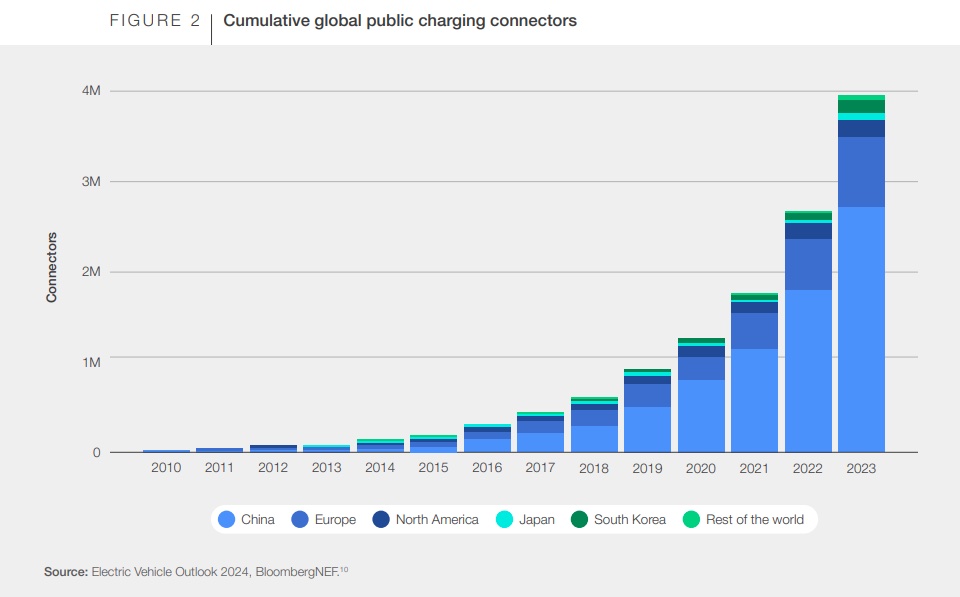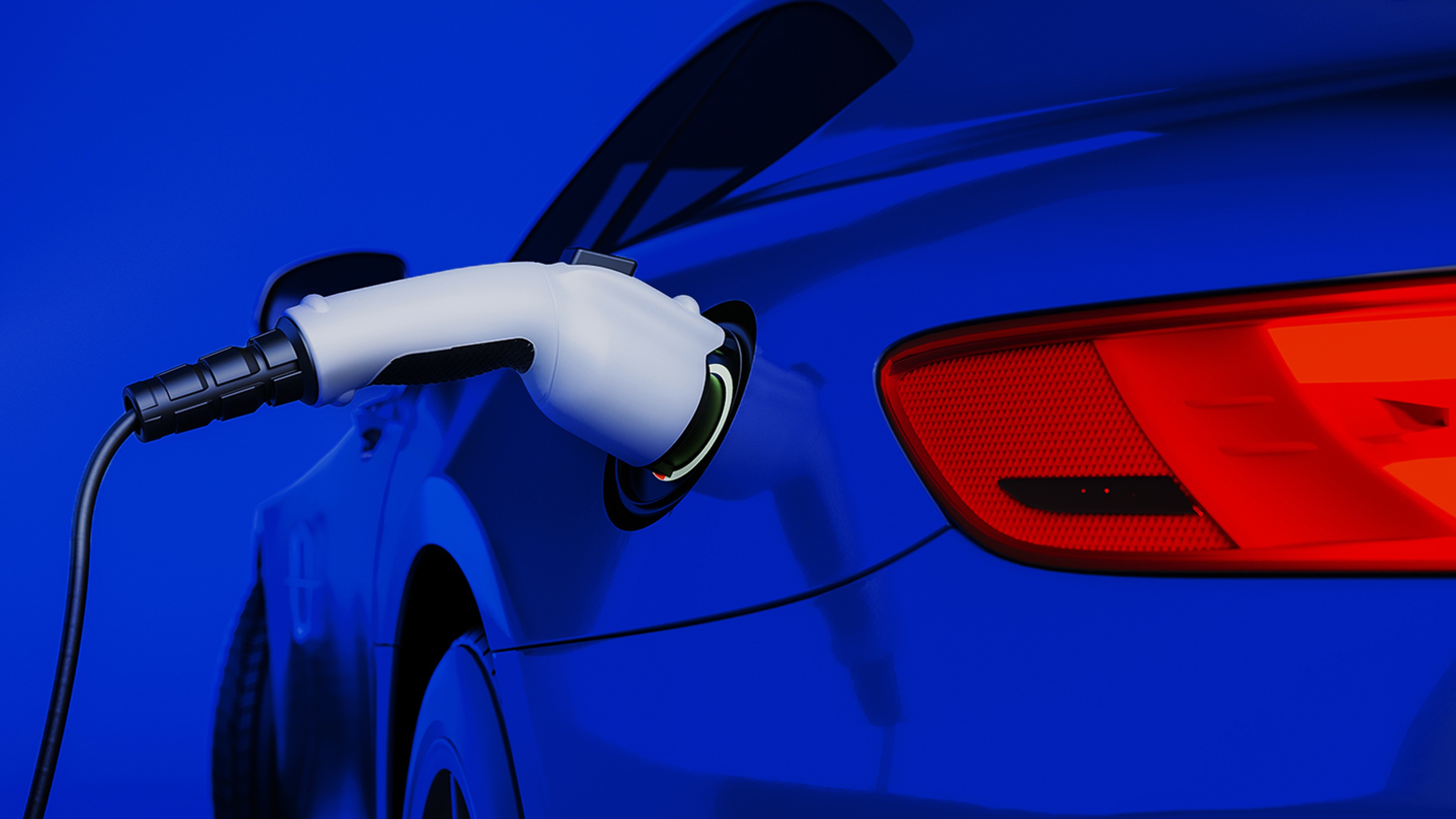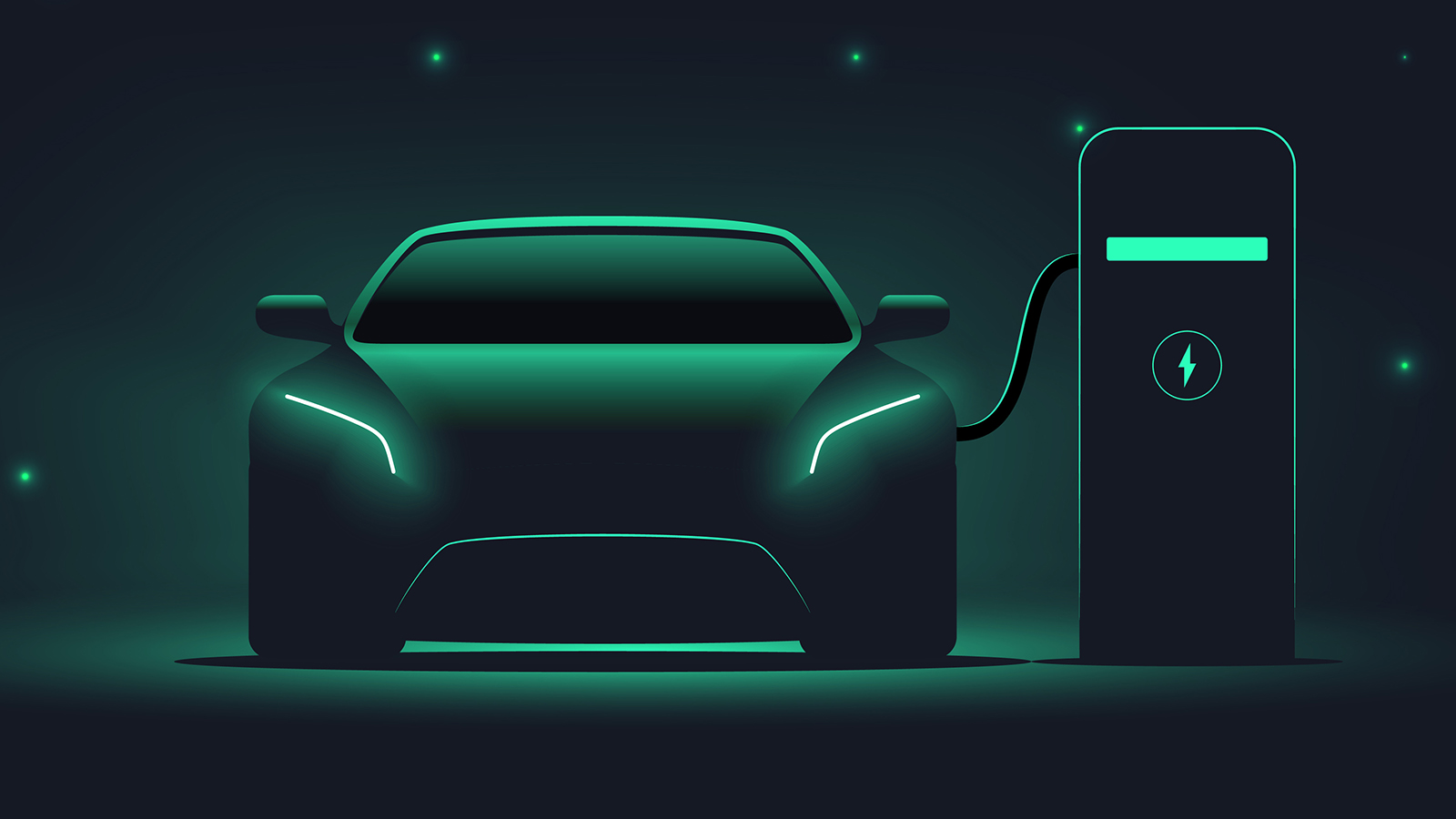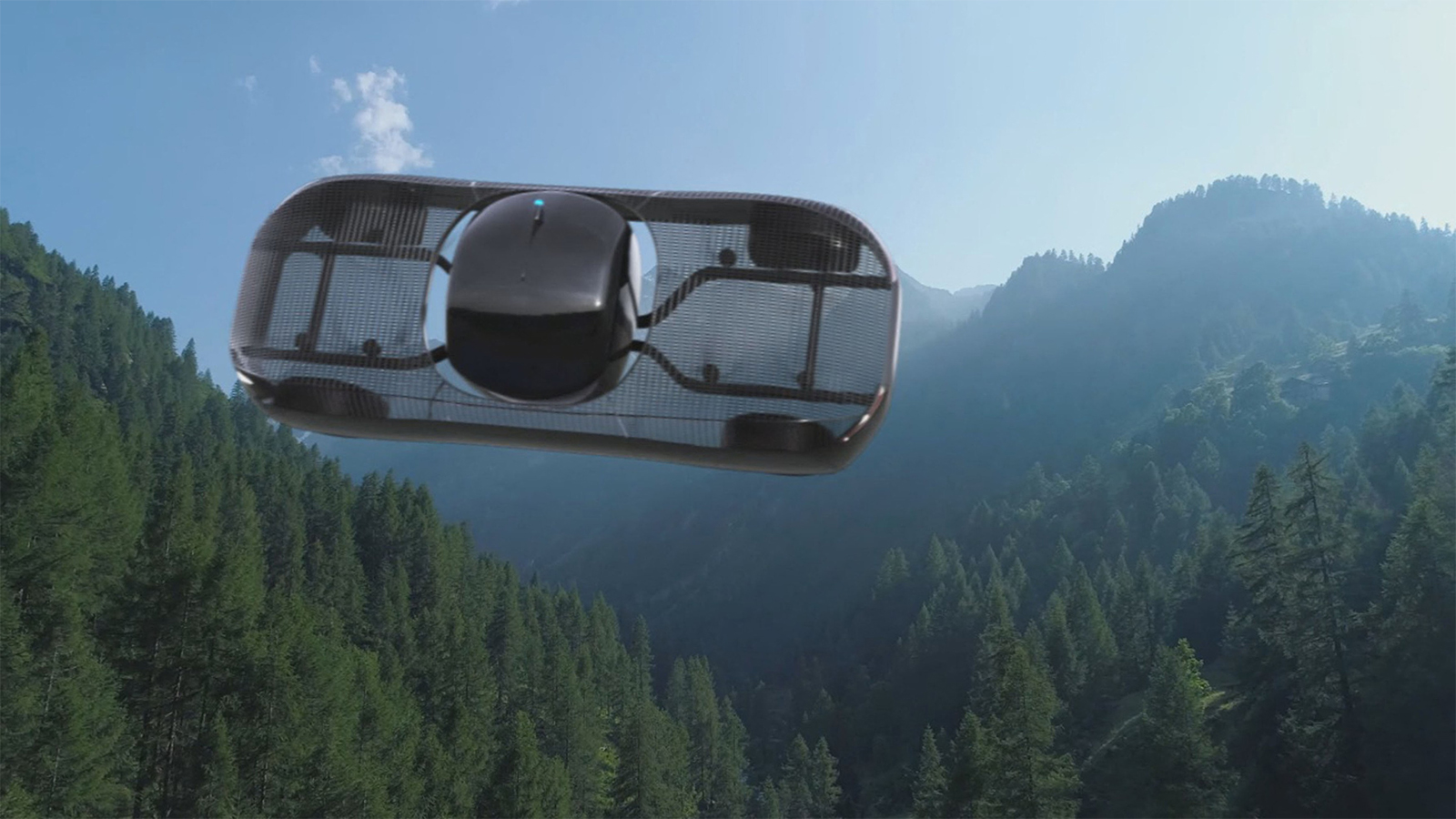“It’s just like plugging in your phone”: The mindset shift needed to scale EVs

Global sales of electric vehicles (EVs) are racing ahead. Around 14 million passenger EVs were bought worldwide in 2023 – up from 10 million the previous year.
To accommodate this surge, cities everywhere are expanding their charging networks. But the development of publicly available charging networks is not moving fast enough to meet the rising demand for charging and to progress towards decarbonization goals, according to a Forum white paper.
Many future EV drivers will not have access to private parking for charger installation, Scaling Investment in EV Charging Infrastructure: A Policy Roadmap for Cities points out. For example, in the US, just 48% of people have access to off-street parking where a charger could be installed. It is a similar situation in the European Union. This lack of public charging is a key barrier to EV adoption, the paper’s authors say.

A new route for public charging
City governments face significant challenges in expanding public charging infrastructure, including high building density, limited capacity of the electricity grid, and insufficient resources to rapidly deploy and maintain charging networks.
“Right now, charging companies are doing it very, quote-unquote, old school,” says Tiya Gordon, co-founder of EV charging start-up It’s Electric, speaking about the US. “They are connecting to the utility connection, which is in the road or in the street. This is basically a 12- to 18-month process.
“It’s a huge time barrier, and it’s a huge cost barrier. It’s Electric addresses this from an entirely different perspective.”
The company is building a network of curb-side EV chargers powered from buildings rather than the utility. It partners with suitable property owners, secures the relevant permits, and installs and maintains a charger powered by that building’s spare electrical supply. There is no cost to the building owner, who can also earn a passive income from the charger.
“It’s Electric exists to create the easiest pathway for cities to be able to install EV chargers,” Gordon says. “All they need to do is have a pathway for permitting the charger to be installed curb-side. Many cities know what this pathway is: it’s called a revocable permit or revocable consent permit.”
By ensuring these permits can be applied across a variety of locations, rather than a single area, cities will be able to quickly build a network of these chargers, Gordon adds. “That’s how we can scale climate solutions at speed – with true public-private partnerships working [together].”
Mindset shift
It’s Electric’s website describes its chargers as having a sleek design created with neighbourhoods in mind, “so you’ll barely notice we’re there”. For Gordon, this is about more than just aesthetics – it’s part of creating the mindset shift she believes is needed for EVs to fulfil their climate potential.
“I like to think about fire hydrants and how ubiquitous and how invisible they are, but how critical they are to the safety and well-being of cities,” she says. “I want the next generation of children growing up in cities to find an electric vehicle charger that’s sitting on the curb as normal as the children of today find a fire hydrant.”
The biggest shift needed, though, is a complete shift in perception about how electric vehicles are ‘fuelled’, Gordon adds.
“Charging an electric vehicle is exactly equivalent to plugging in your phone at night before you go to bed. It is not the same as driving to a gas station and pumping in noxious fuels that are stored in tanks below ground for public safety.
“The beauty of electric vehicles is that you can charge them anywhere. All you need is that socket or that port to be able to plug into. So once people start to understand this, they’ll have less reservations around, ‘how am I going to charge my vehicle?’ We’ll understand that it’s actually much easier. It’s much more convenient than it was before – and that’s truly what you need when you’re looking for behaviour change.”
Republished with permission of World Economic Forum. Read the original article.





